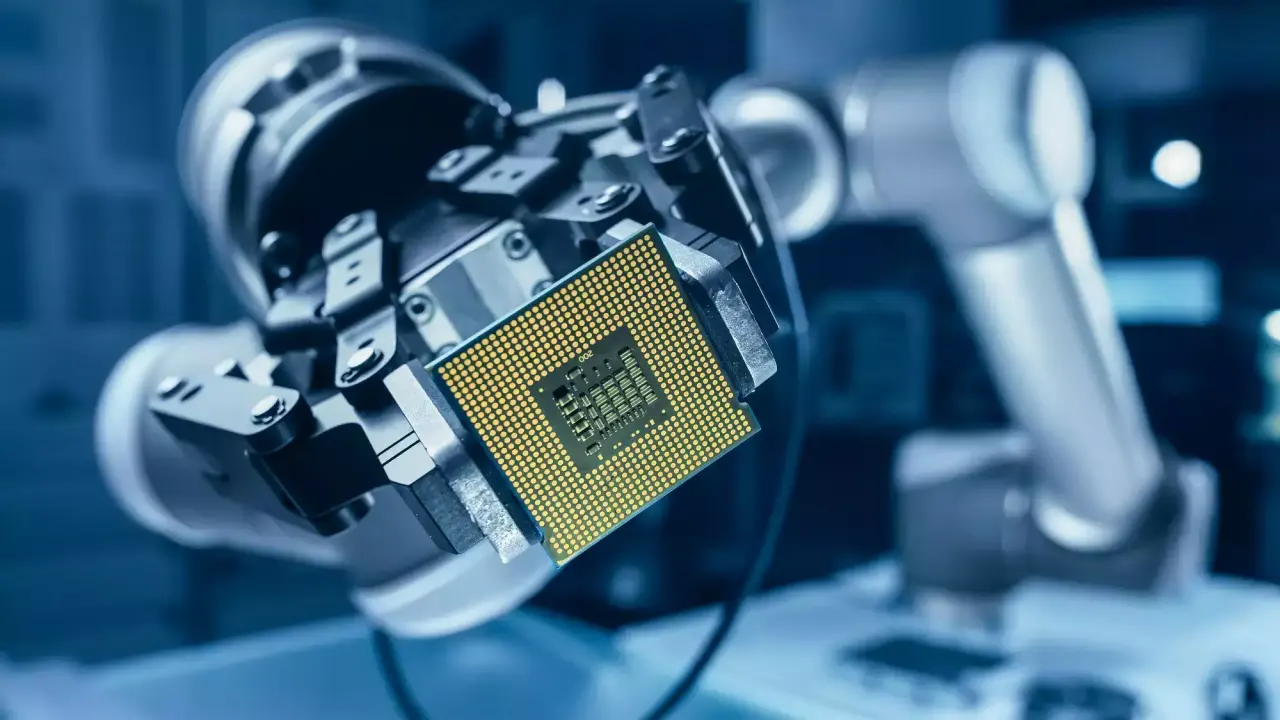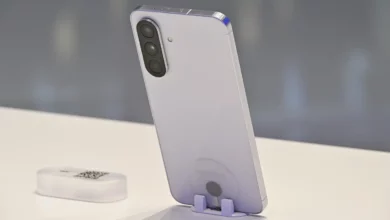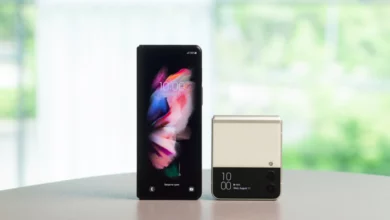Samsung Chips Set for Space Launch with Nara Space via Nuri Rocket

Samsung Electronics is collaborating with a space startup to test memory chips in space, as it announced it has signed an agreement with the domestic micro-stellite startup Nara Space Techology Inc. to build infrastructure for evaluating how well chips hold up in space environments.
The reason behind this partnership is just to send a Samsung Electronics memory semiconductor evaluation tester to space on the South Korean rocket Nuri, which is scheduled for its fourth launch next year. The focus of this collaboration is to conduct reliability tests on memory semiconductors in space by incorporating the testers into the domestic component verification satellite, which will be launched as a secondary payload on the Nuri space rocket.
Nara Space is looking forward to taking a significant role in Samsung’s mission to test memory chips in space, for which it will design and develop the physical equipment that will be capable of holding two efficient components, including Samsung’s memory semiconductors and reliability evaluation testers.
Nara Space is actively working on a specialized container that will have the power to house both the chips and the testing tools. The startup will also participate in the equipment’s performance just to make sure that it operates reliably in space.



